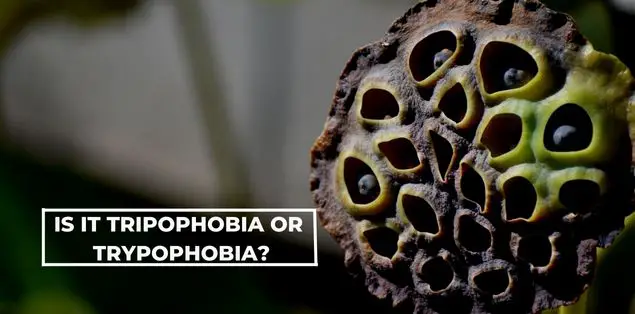Are you sitting in discomfort, creepy, or queasy while seeing the image of a honeycomb or lotus pod? We have some bad news for you: you most likely have some degree of trypophobia, a sensitivity to collections of tiny holes.
You’re not alone, so don’t worry. While it’s thought that 20% of people find visuals like the lotus pod to be extremely repulsive, several scientists believe that most individuals react to these images in some way.
You can obtain information about trypophobia on the internet without knowing how to spell it properly. People often misspell the phrase in every way conceivable, with variations including “tryophobia,” “tyrophobia,” “triphobia,” and “tripophobia.”
The correct spelling of this phobia is Trypophobia. Greek words “trypa” and “phóbos” combine to form the word “trypophobia,” which means hole and fear, respectively.
Trypophobia is an intolerance to the vision of erratic patterns or collections of tiny holes or bumps and is not a mental condition. When exposed to trypophobic images, most victims primarily feel nausea. Some individuals express both terror and revulsion to the same degree, and some only show one of the two emotions.
Trypophobia has little scientific understanding today. There haven’t been many studies on trypophobia, but scientists believe it may have ancestral roots because it stems from a biological disgust that connects trypophobic shapes with danger or illness. One potential remedy is exposure therapy.
What Is Trypophobia?
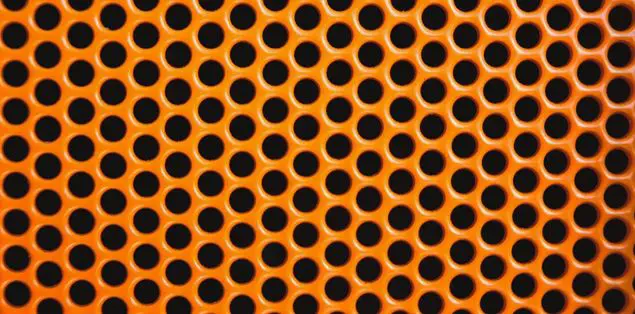
The extreme fear or aversion induced by any pattern of closely-connected geometric pattern and figure, typically small holes, may also be small rectangles or convex circles, trypophobia, also known as fear of holes or points.
The Diagnostic and Statistical Manual, Fifth Edition (DSM-5) of the American Psychiatric Association does not include a formal diagnosis for trypophobia because it is not a mental disorder by name. However, if the anxiety is strong, consistent, and linked to considerable suffering or disability, it may fall under the general classification of particular phobia.
Whether the primary response is anxiety or disgust may determine whether trypophobia is a distinct phobia. A reaction to trypophobic images that are primarily or entirely motivated by disgust calls into question whether it qualifies as a specific phobia because phobias involve fear. Even though the victim felt disgust rather than panic when given images of clusters of holes, the majority of participants with trypophobia in one study matched the DSM-5 criteria for a specific phobia; nonetheless, they did not fulfill the stress or impairment requirements.
Symptoms & Signs of Trypophobia
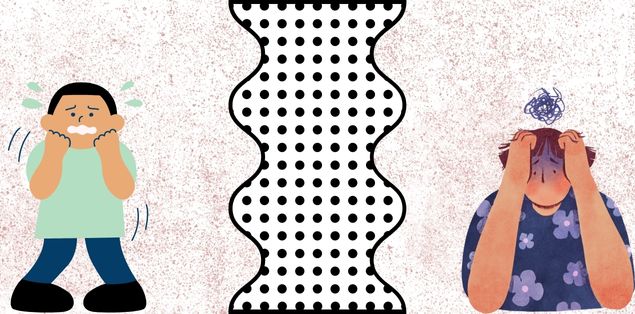
An autonomic nervous system reaction is a frequent presenting symptom of trypophobia. Grouped holes in both harmless contexts, such as fruits and bubbles, and contexts associated with danger, such as holes formed by insects and holes in scars & unhealthy tissue, as those generated by mango flies in animals, especially dogs, cause a trypophobic response.
Some claim that when they saw these shapes mentioned above, they trembled, felt their skin crawl, had panic attacks, sweated, sensed their heartbeat quicken, or felt queasy or uncomfortable. Goosebumps, shaking, a general feeling of unease, and unpleasant visual symptoms like eye strain, distortions, or illusions are additional symptoms.
Trypophobia can show up as an unpleasant reaction such as fear, revulsion, or both. Trypophobics typically experience nausea as their strongest feeling.
What Causes Trypophobia?

There is little knowledge regarding trypophobia, but several potential causes have been put up. Geoff Cole and Arnold Wilkins claim that rather than being a product of acquired cultural phobia, the response is an “unconscious reflex reaction” based on a biological repulsion. Trypophobic vision is visually comparable to images of various venomous animals, such as several species of snakes, flies, and spiders.
Trypophobia is therefore thought to have an evolutionary purpose: to warn people away from potentially harmful species. Trypophobia has a solid link to evolution in response to the threat of lethal organisms, and if such a link exists at all, it manifests as an adult rather than as a youngster.
Research is going on regarding whether trypophobia and OCD are related. Trypophobics who fit the DSM-5 criteria for an obsessive-compulsive disorder constitute a sizeable minority of the population.
Geoff Cole, a researcher in vision science, claims that the visual patterns that cause Tryphobics’ symptoms are comparable to those of numerous poisonous animals.
The blue-ringed octopus, the royal cobra, and various spiders are among the deadliest creatures on earth that have spot surface patterns.
It suggests that trypophobia has a straightforward evolutionary explanation: individuals who experience repulsion when viewing these Patterns tend to avoid harmful creatures, which aids in their survival. It makes it understandable why many people still today exhibit anxiety symptoms by noticing patterns of spots or holes resembling those found in the most dangerous creatures in the world. It would compare to a terror that once enabled many people to survive.
What More Information Does Science Have About Trypophobia?
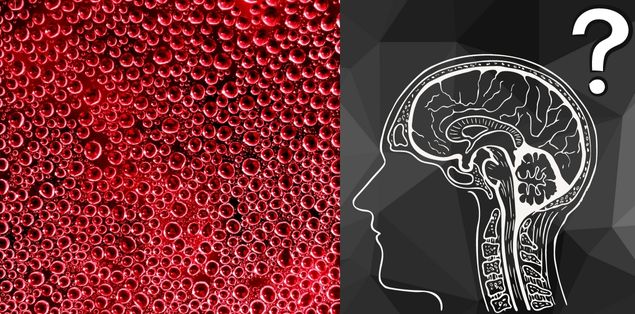
Numerous communities on the internet host thousands of trypophobic individuals who openly discuss their condition. Doctors are also unable to identify the real nature of trypophobia.
But researchers Arnold Wilkins and Geoff Cole from the University of Essex chose to look into this issue of fear to specific geometric patterns and conducted several trials.
In one of them, they showed 286 randomly selected individuals a series of photographs. A panel of Lotus seeds (full of holes) alternated with photos of various natural sceneries in between panels with holes from a cheese. Finally, they asked participants to report any discomfort they felt while viewing the photographs.
A little over 16 percent of those polled claimed to have a particular aversion to gazing at pictures with holes or geometric patterns. In comparison, the remaining 84 percent claimed they felt nothing unusual.
When Wilkins and Cole looked at the properties of the photos that did make people feel uncomfortable, they discovered a similar factor among all of them: the trypophobic images had high contrast energy at the midrange spatial frequencies, which makes them startling to look at.
Although we do not know yet why some people react negatively to these images and others do not, experts are clear that trypophobia is not a product of culture.
Is Trypophobia a Genuine Fear?
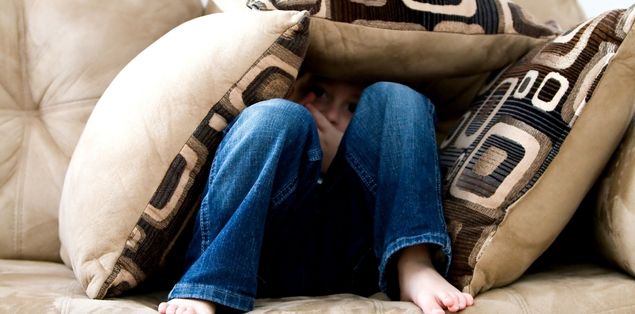
Some individuals believe that trypophobia is merely a cognitive abnormality. Because humans are capable of fearing anything, there may be as many phobias as there are people in the world.
A traumatic event may cause a phobia of any number of things or circumstances.
But the main question is whether trypophobia may produce symptoms that are so severe that they interfere with a person’s regular activities. If this were the case, trypophobia would provide a significant challenge.
When examining visuals with geometric patterns, many people report experiencing severe symptoms, including nausea, vomiting, dizziness, cold sweats, and tachycardias.
The essential requirements must be satisfied to determine whether trypophobia in your instance constitutes a real phobia and requires treatment:
- The stimulus—in this case, the observation of a specific geometric pattern—must be present or anticipated for the anxiety to be present, overwhelming, and illogical.
- Exposure to stimuli should always cause a severe anxiety reaction or agony.
- Avoid the conditions that make you experience these sensations or find it difficult to withstand them while feeling constant discomfort or anxiety.
- These behavioral mental disorders and anxiety symptoms (which manifest even when you merely imagine a honeycomb) interfere with your day-to-day activities, including job, study, social life, and daily routine.
Suppose you recognize yourself in any of the scenarios mentioned above. In that case, you may have an actual phobia known as trypophobia, and it would be wise to seek treatment so that the problems no longer affect your daily life.
How Do You Overcome Trypophobia?
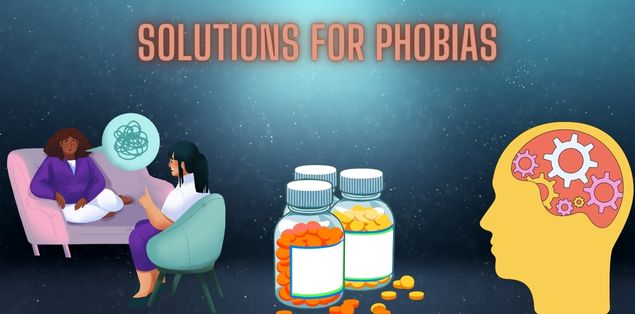
There are numerous possible solutions for phobias, including different psychiatric therapies and some medications:
Exposure Therapy
In this style of therapy, your therapist will progressively expose you to the triggers of your sensations while giving you tools to help you manage your fear.
You will experience decreasing levels of anxiety as a result of progressive and repeated exposure, and you will be able to exert control when you notice sequences of tiny holes. This article has further information about this medication.
Therapy Using Cognitive Behavior
Briefly stated, the goal of cognitive behavioral therapy is to alter behavioral thinking.
It also entails gradual exposure to the stimulus and other coping mechanisms that will help you deal with anxiety-provoking circumstances in various ways. Additionally, it will alter the way you think about your fear and how it affects your life.
Medicines
A psychiatrist should prescribe the drugs. Some phobias are treated with the medication of beta blockers, tranquilizers, or antidepressants.
Beta-blockers are drugs that counteract the physiological effects of adrenaline: decrease tremors, blood pressure, and heart rate. Depending on the circumstances, your doctor may also recommend additional antidepressants for the management of symptoms.
Lastly, a specific class of Tranquilizers drugs Medications referred to as benzodiazepines, can reduce anxiety in patients with a variety of phobias. Because they may induce unpleasant side effects and have several contraindications, we should use them with caution.
We can use that medicine when phobia symptoms are truly unmanageable and interfere with the person’s daily activities, preventing them from conducting such tasks in a usual manner.
In other situations, counseling and any different technique that reduces anxiety, including yoga or meditation, are recommended.
Final Words – Is it Tripophobia, Tryophobia, or Trypophobia?
Although professionals may not yet officially classify the fear of holes as a phobia, your symptoms nonetheless exist.
The next logical step is to speak with a mental health professional if your symptoms are upsetting you emotionally and are interfering with your daily activities. They can assist you in examining potential reasons, triggers, and practical techniques for controlling anxiety, disgust, and other undesirable trypophobia-related emotions.
